All products featured are independently chosen by us. However, SoundGuys may receive a commission on orders placed through its retail links. See our ethics statement.
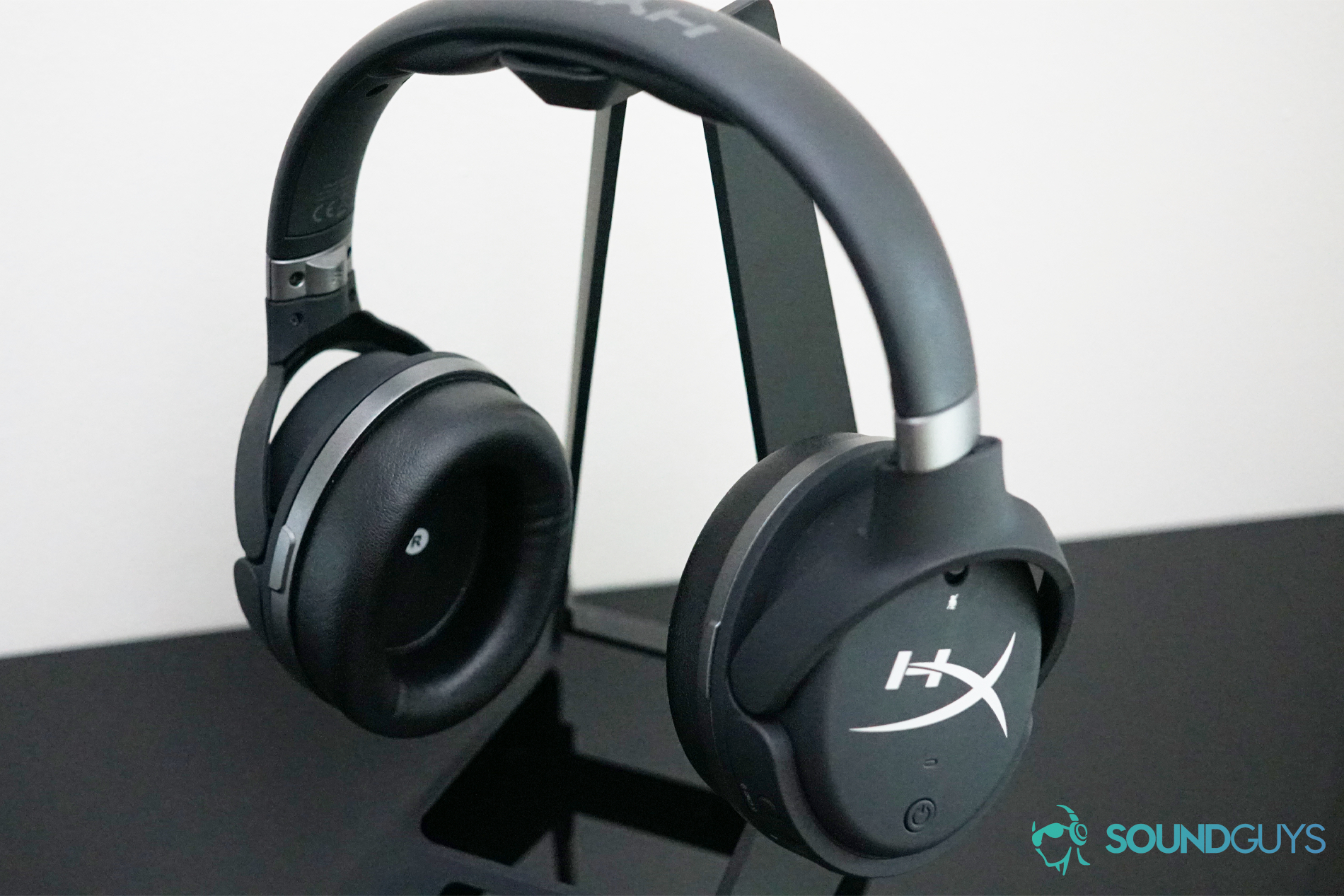
HyperX Cloud Orbit S Review: the best gets cheaper
July 11, 2023
HyperX Cloud Orbit S
The HyperX Cloud Orbit S is without a doubt one of the nicest gaming headsets you can get. Based on the uber-premium Audeze Mobius, this headset brings the same planar magnetic drivers and durable build for $70 less — albeit with fewer bells and whistles.
Did HyperX strip out too much, or just refine the formula?
The HyperX Cloud Orbit S is for gamers who want top-notch audio and high-end features, or at-home workers who just want something comfortable for a long time.
Editor’s note: This review was updated on July 11, 2023, with new alternative recommendations.
What is the HyperX Cloud Orbit S like to use?
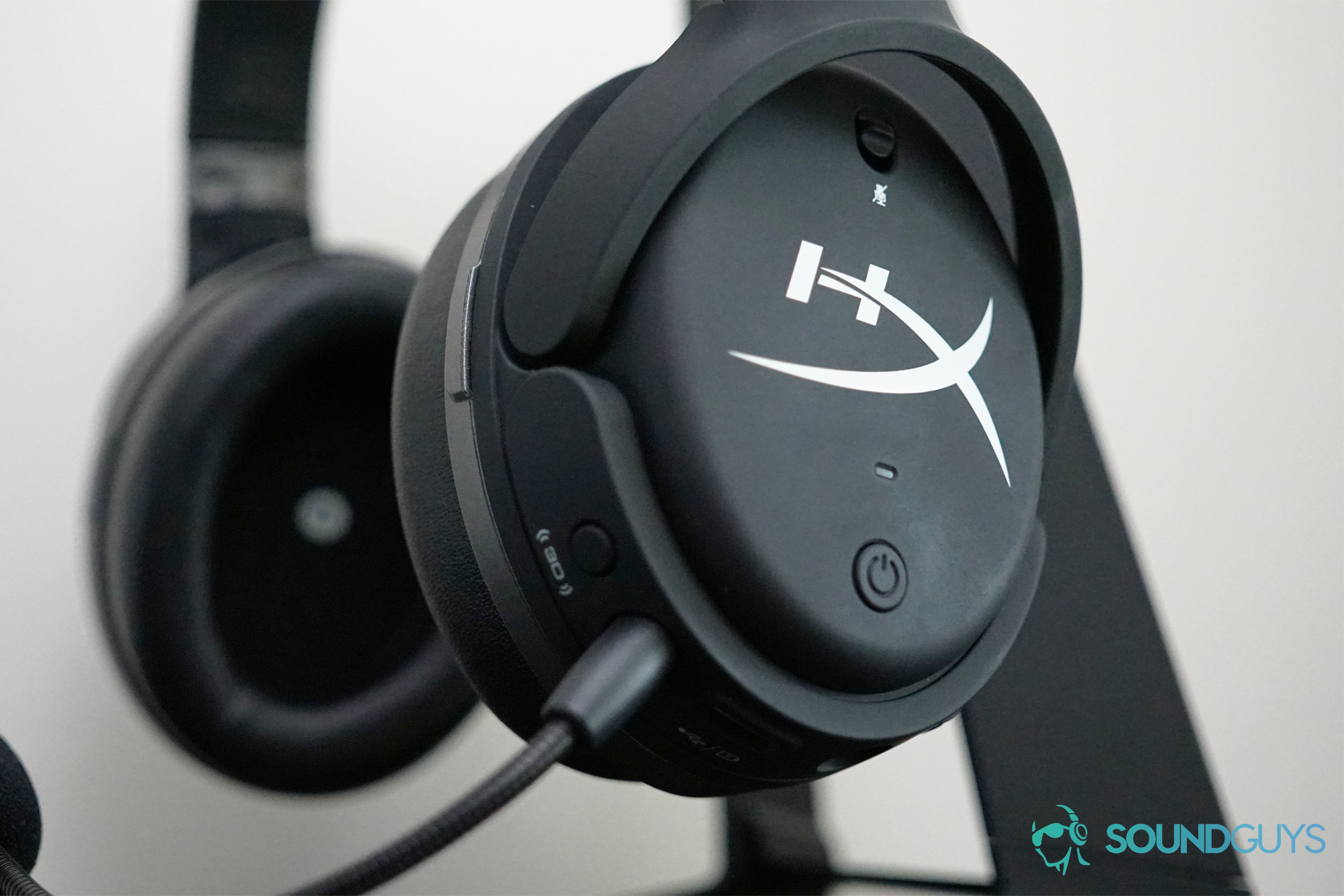
The HyperX Cloud Orbit S sports memory foam headphone and headband pads, which means it will get more comfortable over time, as it molds to your particular head shape. However, the tension on the headband of the Cloud Orbit S is slightly looser than the Audeze Mobius, so it’s more comfortable overall.
Like the Mobius, the Cloud Orbit S features a primarily plastic build, but it still feels pretty sturdy. The headband is flexible and just tight enough to feel comfortably snug. Likely because of the planar magnetic drivers, the headphones have some real heft to them, but everything is balanced well, so they never feel heavy.
The headphones themselves fit snugly around my ears, though they are a little on the narrow side, those with wider ears might find them a little uncomfortable over longer durations. With that said, even though the memory foam pads do a good job conforming to the shape of my head, velour pads would still be better for gamers with glasses looking for a decent seal.
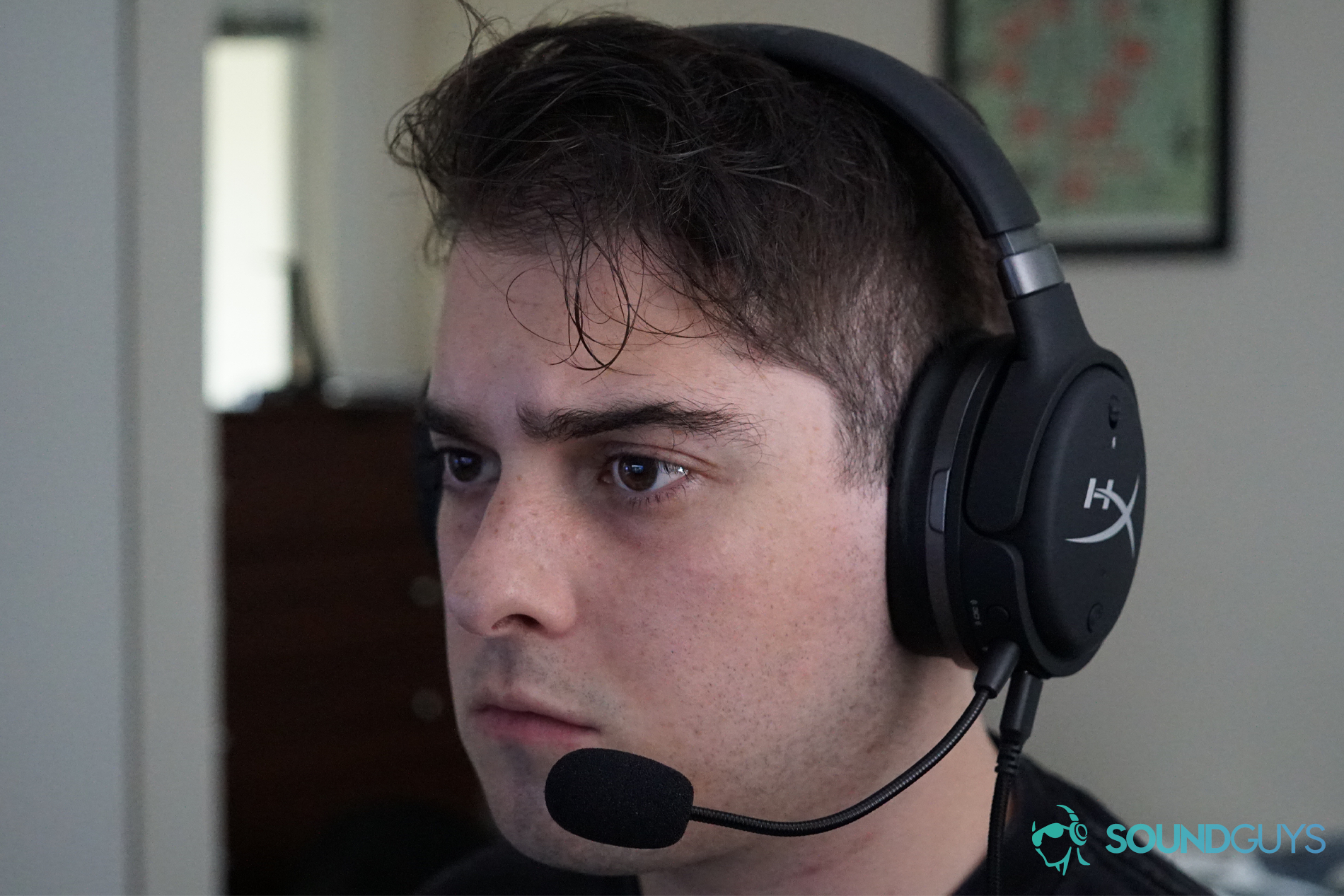
Unfortunately, HyperX doesn’t sell alternative pads, so you’ll be stuck with these. In fact, HyperX doesn’t sell replacement pads for any headsets right now. I never ran into any issues with the feel or durability of the pads, but should you need to replace them, you’ll have to go to Audeze.
From a basic use perspective, the HyperX Cloud Orbit S is almost identical to the Audeze Mobius, and that’s a good thing. The headset shares most of its predecessor’s features, like the fantastic 3D audio and planar magnetic drivers, on top of the physical similarities. The Cloud Orbit S even includes the Mobius’ EQ profiles, like ballistics, music, flat, default, footsteps, and more. That said, HyperX cut some functionality to reach that new lower price. Most notably, the Mobius’ Bluetooth support is missing.
For gaming, Bluetooth is a perk, but not terribly important. However, most gaming headsets don’t sound as good as the Cloud Orbit S, and they usually look a whole lot gaudier too. With bluetooth support, this headset could very easily cover all your audio needs, and make connecting on the fly to various mobile devices much more convenient.
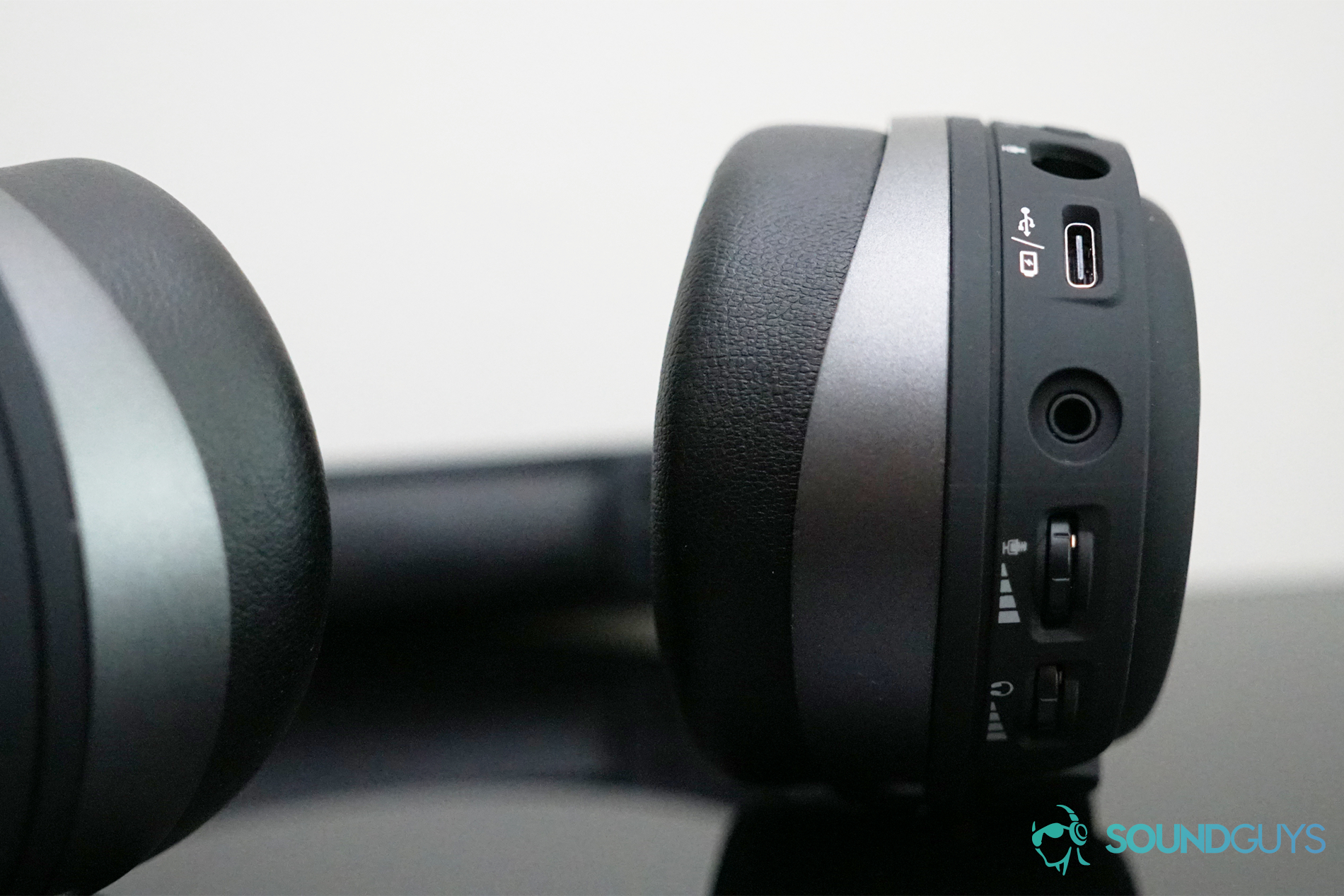
An array of dials and buttons sit on the left ear cup. On the side panel, there’s a power button and a mute switch for the mic. Along the edge, there’s one volume dial for the microphone and one for headphone audio. Pressing and holding the dial will turn charging on or off. Pressing and holding the mic volume dial will let you switch between the headset’s Stereo and 7.1 audio options. However, quickly pressing and then rotating the mic dial also lets you cycle through the headset’s preset EQ profiles. Cycling between the profiles can be a little tricky, but they’re not terribly impactful, so you’re not missing much if you can’t get the hang of it.
A 3D button sits just above the 3.5mm mic jack. Tapping the button lets you recenter the 3D audio’s head tracking feature, and holding it will toggle the setting to manual, automatic, or just off.
3D audio is back, and still great
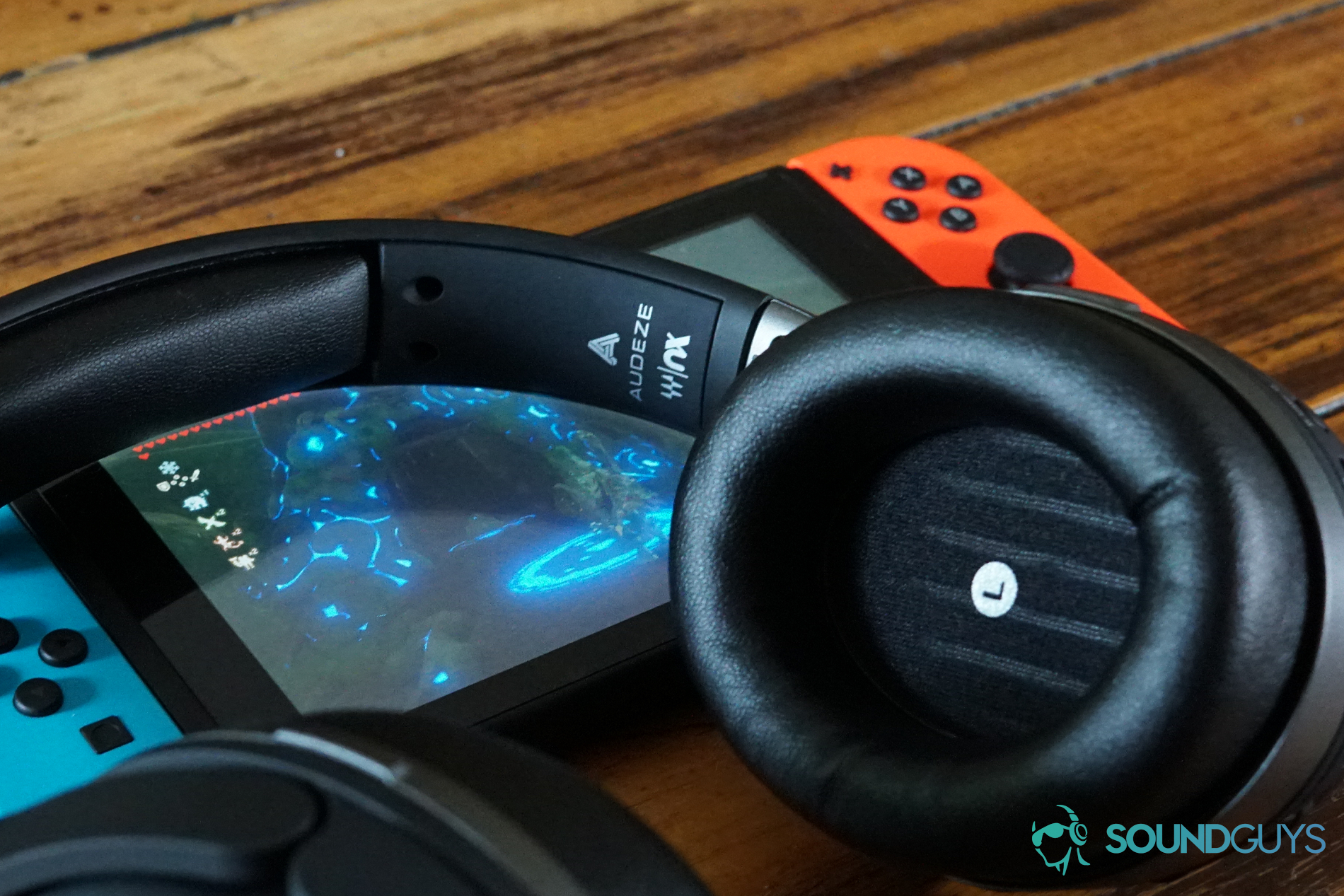
The HyperX Cloud Orbit S fully includes the Audeze Mobius’ fantastic 3D audio features. The headset uses Waves Nx 3D audio tech not only to create the standard 7.1 surround sound used in many video games, but also a simulated 3D audio environment using head tracking.
Tap the 3D button, and the headset will alter its output so it feels like its sound is playing from a source in front of you. Turn your head, and the sound’s point of origin will remain the same. Though its utility is somewhat limited, the effect this feature produces is just as neat as it was in the Audeze Mobius — nothing else sounds quite like it.
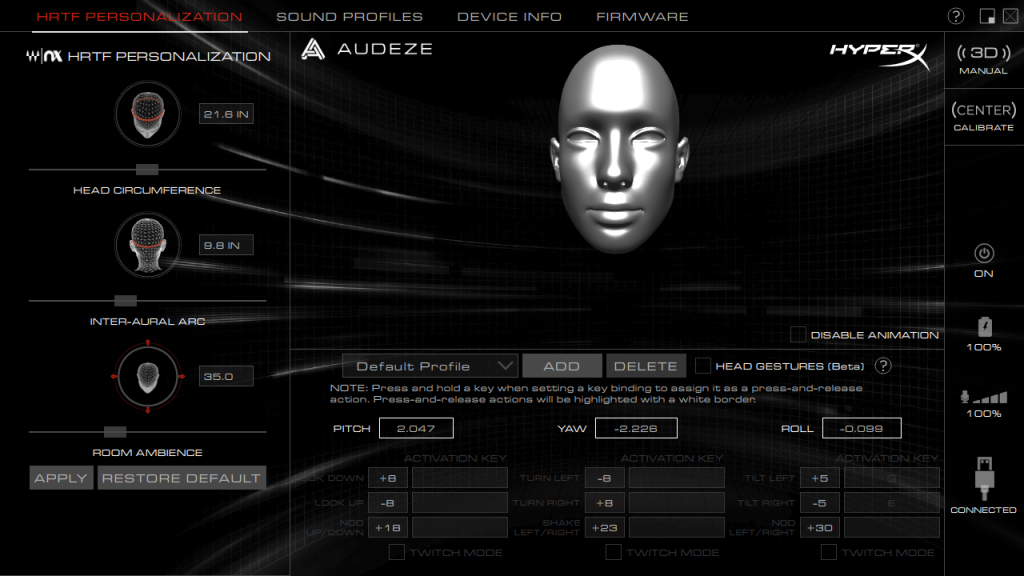
There’s also a reskinned, HyperX-branded version of the Audeze HQ desktop app, which lets you customize the headset’s EQ settings to your liking, as well as the pitch, yaw, and roll of your head tracking profile. You can even adjust the settings to match your particular head circumference and inter-aural arc. It’s a little strange that this can’t hook up to Audeze HQ, given the companion app is identical (aside from the red coat of paint), at least it doesn’t lack any of the features the original has.
Software hooks for gaming headsets are often obnoxious, but the Orbit software strikes a good balance — nothing in it is necessary to enjoying the headset’s full feature set, but anyone keen to really dive deep will find a lot to like.
Gaming with the HyperX Cloud Orbit S
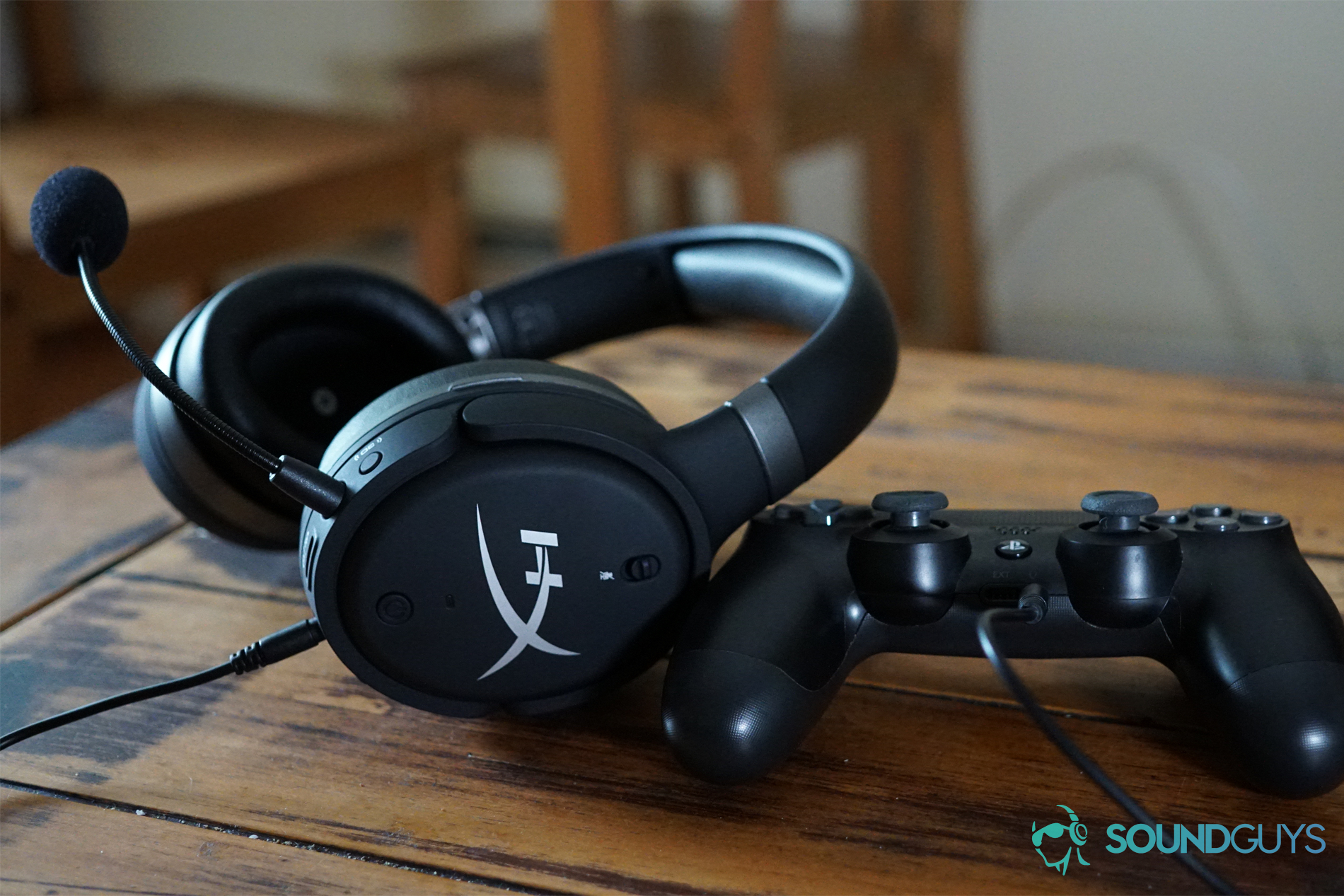
The HyperX Cloud Orbit S will work with just about any modern gaming device, from PC to the Nintendo Switch, Xbox One, or Playstation 4 — to varying degrees of functionality.
On consoles like the Playstation 4, you can connect the Cloud Orbit S either via the USB port on the console or 3.5mm jack on the DualShock controller. The braided USB cable is plenty long enough, but it’s still sort of an awkward solution in a living room setting, so using the controller is probably your best bet.
Regardless of how you connect, the headset only supports stereo sound on console. The 3D audio soundscape will work just fine, but surround sound won’t be an option, which is a shame — you’d expect a headset this expensive to support it one way or another.
The headset's full feature set is really brought to bear on PC, where you can use its 7.1 surround sound setting and customize its output using the app.
The headset’s full feature set is really brought to bear on PC, where you can use its 7.1 surround sound setting and customize its output using the app. The 7.1 simulated surround sound is generated through the same 3D audio tech as the Cloud Orbit S’ other bells and whistles, and it works as well or better than anything else on the market.
Playing games like Overwatch or Minecraft, I had no issue getting an accurate read on where the sounds of enemy gunfire or a creeper grunting were coming from. As I’ve probably said in every gaming headset review I’ve written, surround sound isn’t the be-all-end-all of gaming audio, but if you’re a fan of games that really use it this is a great option.
Just remember, having surround sound won’t magically make you better at a game like Fortnite, and it’s not all that useful in all sorts of genres, from MOBAs to sports games.
How does the HyperX Cloud Orbit S sound?
This article’s frequency response and isolation charts were measured with our old testing system. We have since purchased a Bruel & Kjaer 5128 test fixture (and the appropriate support equipment) to update our testing and data collection. It will take a while to update our backlog of old test results, but we will update this review (and many others!) once we’re able with improved sound quality measurements, isolation performance plots, and standardized microphone demos. These will be made obvious with our new chart aesthetic (black background instead of white). Each new mic sample begins with the phrase, “This is a SoundGuys standardized microphone demonstration …”
Thank you for bearing with us, and we hope to see you again once we’ve sorted everything out.
The HyperX Cloud Orbit S offers sound on par with the Audeze Mobius, which makes sense. Both headsets feature the same 100mm planar magnetic headphone drivers. Basically, you won’t find a gaming headset that sounds this good for less than $400. The headset boosts bass, but not to an extent that would make the overall sound suffer.
The HyperX Cloud Orbit S provides the sound quality of a $400 gaming headset for roughly $90 less.
On lesser headphones, Gholu by Thee Oh Sees would sound like one hell of a mess. Okay, it’s supposed to sound like a mess, but every heavily distorted element comes through clearly without drowning out the vocals or less prominent sounds like the high hats.
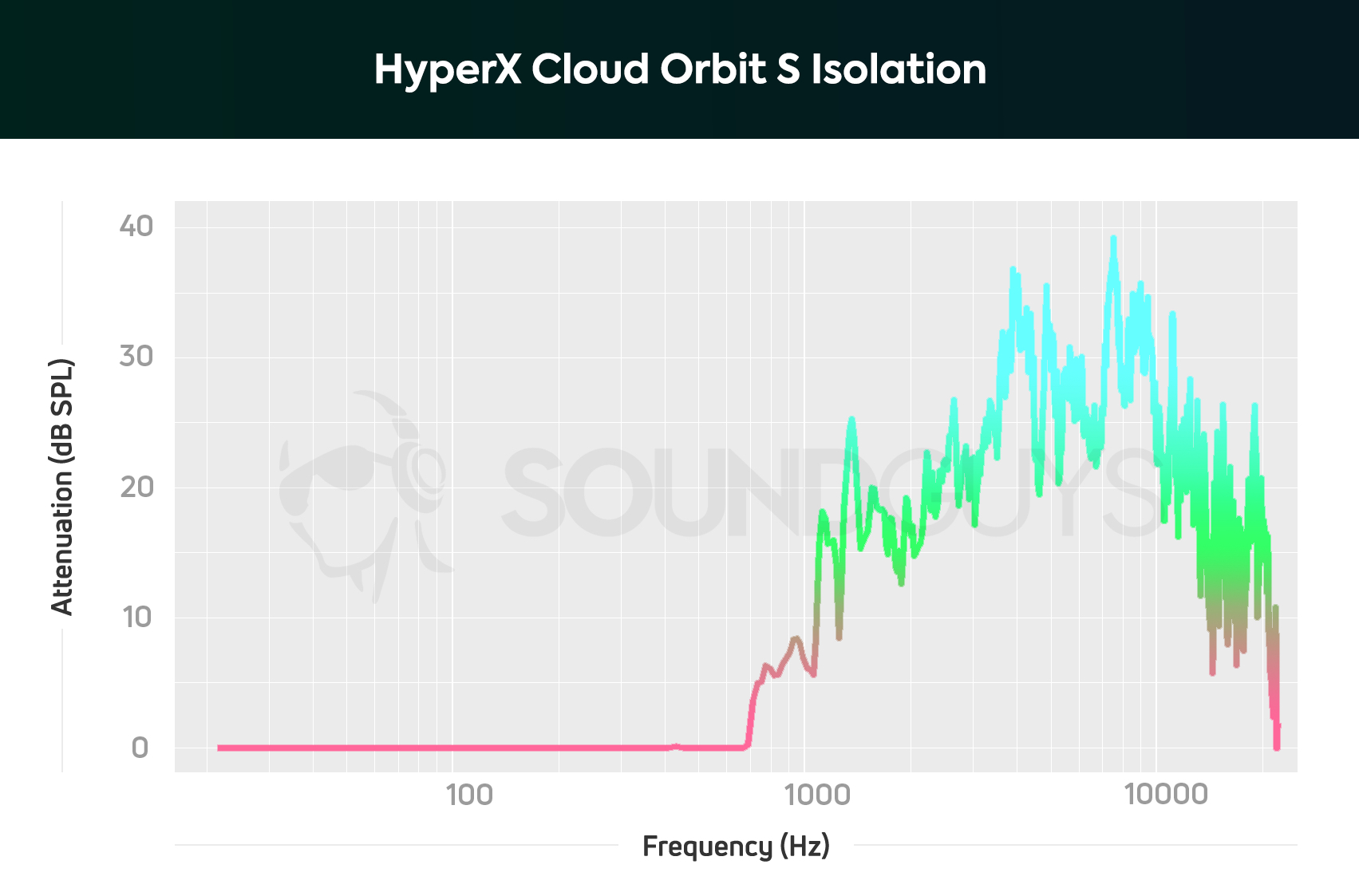
The HyperX Cloud Orbit S offers isolation as good or better than most gaming headsets. There’s no noise cancellation here, but the memory foam pads are thick and provide a decent seal, so you shouldn’t run into any issues with the kinds of sounds you’d hear in the home.
Out and about, more noise will come through, but no more than the average pair of non-noise canceling headphones. However, given this is a fairly loose headset, and it primarily uses a wired USB connection, taking it out of the house isn’t exactly the ideal use case, so the isolation isn’t as a big of an issue as it otherwise might.
How is the microphone?
The HyperX Cloud Orbit comes equipped with a removable 3.5mm condenser microphone, and as gaming headsets go, it’s pretty good. As is typical of products in this space, the mic de-emphasizes lows pretty notably, although for most people this won’t matter all that much.
However, the mic notably also doesn’t boost highs particularly. Often gaming headsets boost highs quite a bit more, as a lot of small parts of speech (like sibilant sounds) that are important for intelligibility inhabit that range. I never ran into any clarity issues in my time with the headset, but don’t expect anything approaching podcast quality:
How does the microphone sound to you?
Should you buy the HyperX Cloud Orbit?

The HyperX Cloud Orbit S is showing its age a bit but still is just shy of being of the best wired gaming headsets you can get. Sure, it’s not as fully featured as the headset it’s based on, but it makes smart cuts. All told, it offers the same gaming experience with excellent sound, accurate 3D audio, and a good mic.
The lack of Bluetooth is disappointing, but that kind of wireless functionality isn’t as important for gaming headsets as other kinds of headphones. It makes the HyperX Cloud Orbit S a less versatile product, sure, but gaming headsets aren’t really intended to cover every base.
Personally, if I had to pick between the Audeze Mobius and the HyperX Cloud Orbit S, I’d probably pick the Cloud Orbit S. The headset offers the same gaming experience, it’s actually a little more comfortable, and it sounds just as good — all for less money. The Mobius is more versatile, but it’s the less compelling buy solely for gaming needs.
What should you get instead of the HyperX Cloud Orbit S?
If price is a barrier, and you still want great sound, the fantastic HyperX Cloud Alpha, or Cloud Alpha S will do you just fine. If features are still very important to you, check out the SteelSeries Arctis 7+ or the HyperX Cloud Alpha Wireless are wireless gaming headsets with a nice range of features, excellent sound, comfortable builds, and best-in-class battery life — Cloud Alpha Wireless can last more than 300 hours on a single charge!
However, the recently released Audeze Penrose might give you pause if you’re a console gamer. This gaming headset doesn’t feature the Waves Nx 3D audio of the Orbit or Mobius, but it’s cheaper than both of them, sports the same planar magnetic audio, and it supports wireless audio over a 2.4GHz connection — perfect for gaming.
Another alternative to consider is the Bose QuietComfort 35 II Gaming Headset. It features the same comfort, sound quality, and active noise canceling performance as the QuietComfort 35 II, and includes a detachable boom microphone, USB volume and mic adjustment knob, and longer 3.5mm cables for console gamers. When you’re not gaming, this headset can be connected to your smartphone or computer via Bluetooth for casual listening.
Frequently asked questions
The HyperX Cloud Orbit S can only connect to Xbox consoles using the 3.5mm jack in the controller, so it’s compatible with Windows Sonic spatial sound, but none of the headset’s software-based features will work.
The HyperX Cloud Orbit S only works with Xbox consoles using 3.5mm. You can’t use the headset with Xbox consoles via USB connection.
The HyperX Cloud Orbit S uses a special kind of surround sound that requires a desktop app to work properly, so it doesn’t support surround sound on PlayStation 4. It should work just fine with the PlayStation 5’s Tempest spatial audio system, though.
The HyperX Cloud Orbit S should work with the PlayStation 5 on a basic level, either through the USB connection or via 3.5mm. You won’t be able to use the Waves Nx 3D audio, because that’s rooted in software on PC, but either connection method will let you use the PlayStation 5’s built-in spatial sound features.
Because things like head tracking are handled on the headset side, consistent power from a battery is necessary. Otherwise head tracking wouldn’t work when plugged in via 3.5mm.
The HyperX Cloud Orbit S makes music sound great, to be sure. However, sticking to music means missing out on a lot of its features. Waves Nx spatial audio works well for games, but its movie and music experience can only achieve the feeling of listening through speakers (the sounds all come from in front of you). Additionally, this doesn’t have the Bluetooth functionality that the Audeze Mobius did, so you’ll be stuck with a wired connection, and most smartphones don’t have headphone jacks anymore.
The microphone on the HyperX Cloud Orbit S is certainly great, though it’s not the best. If microphone quality is your priority, take a look at the Corsair Virtuoso Wireless SE. It comes with a near-broadcast quality microphone that has one of the most accurate frequency responses we’ve seen in a gaming headset mic. Plus, it’s around $100 cheaper than the HyperX Cloud Orbit S.
The HyperX Cloud Orbit S is built with planar magnetic audio drivers, which are considerably more expensive to manufacture than the dynamic drivers in the HyperX Cloud Alpha S and typically reserved audiophile hardware. Basically, while the two headsets offer very similar features, the Cloud Orbit S has more expensive engine under the hood.
Thank you for being part of our community. Read our Comment Policy before posting.